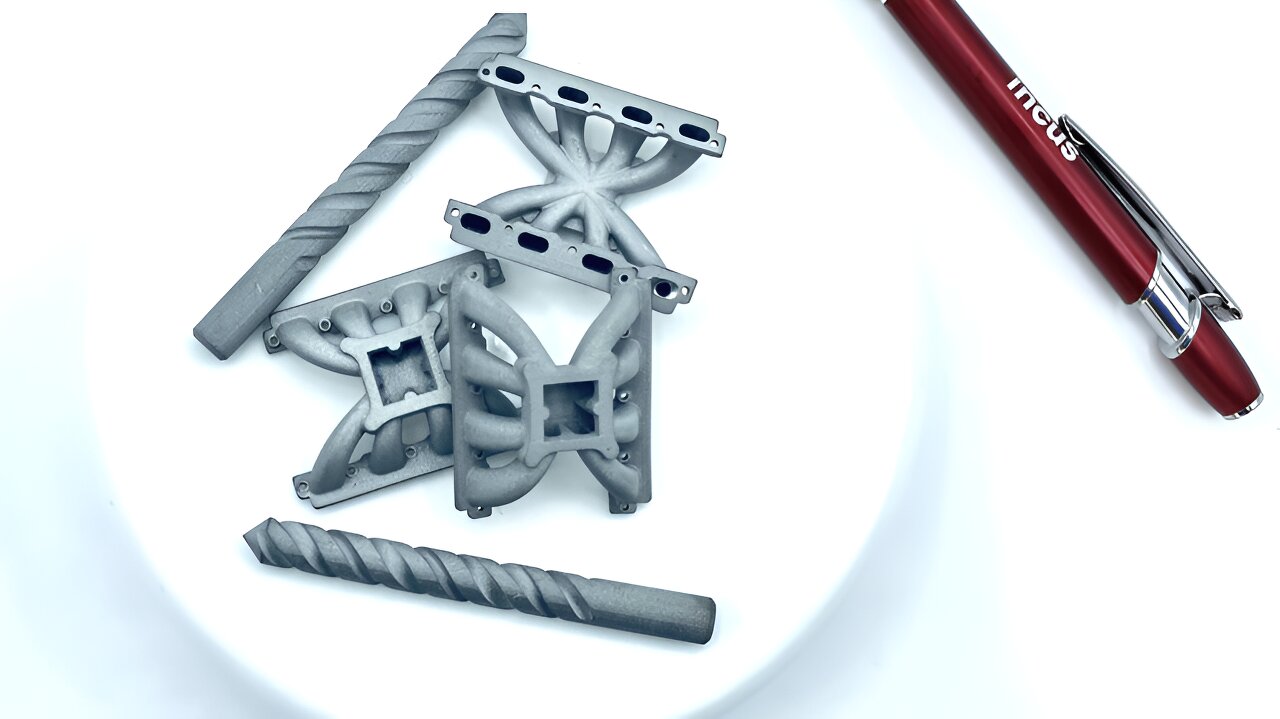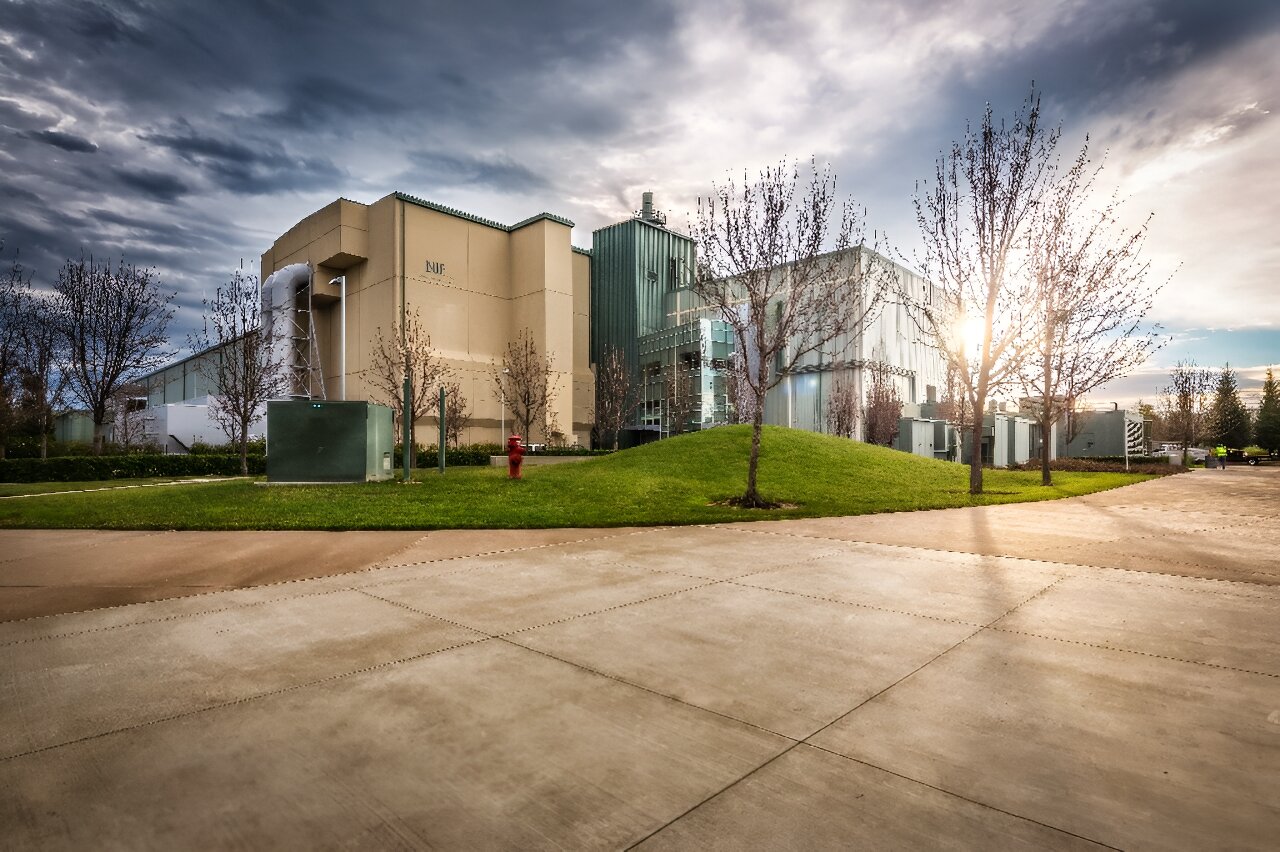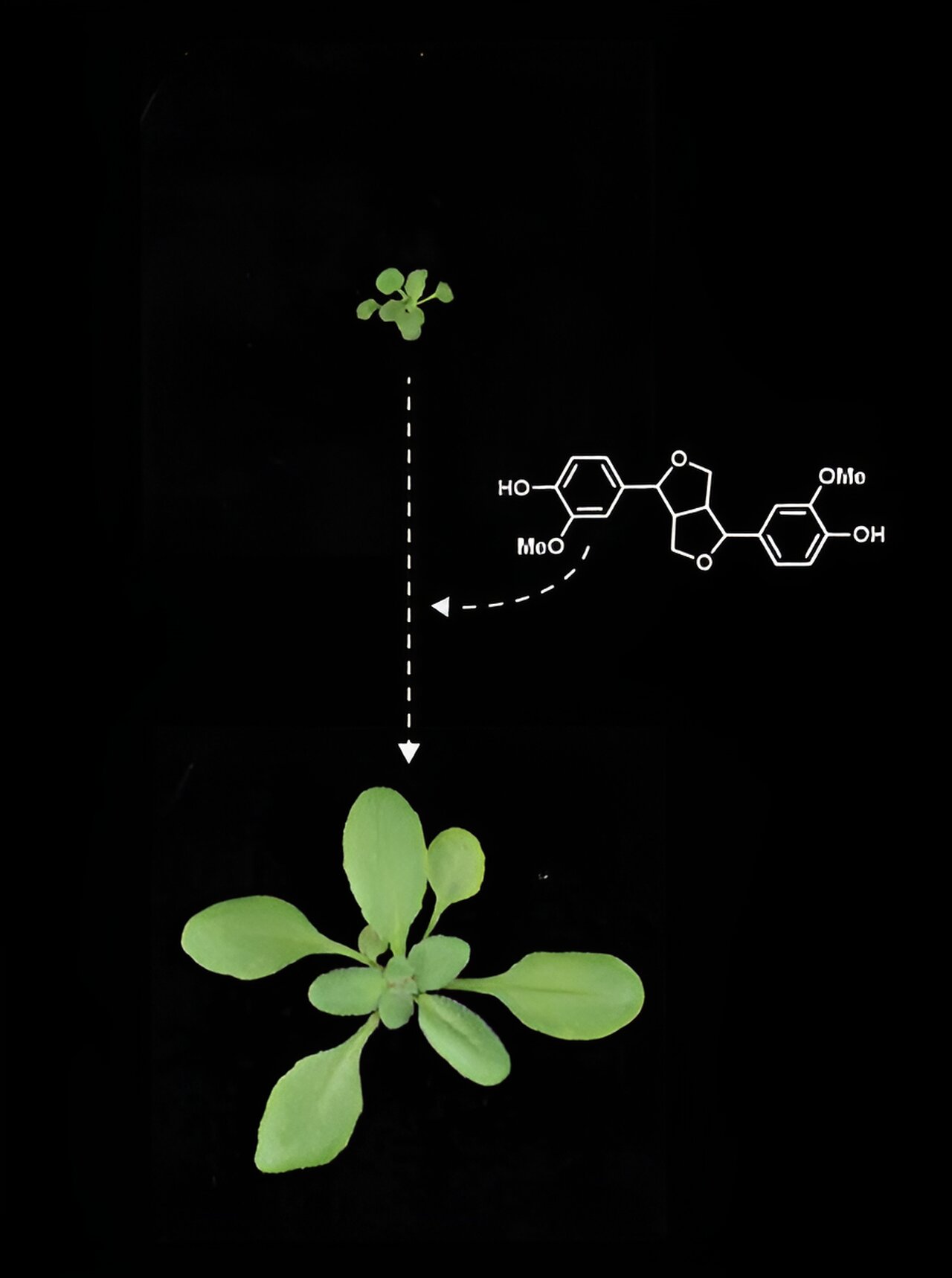Additive manufacturing is revolutionizing various industries as technology advances. One area where it is making significant progress is in space exploration. It plays a crucial role in in-situ resource utilization (ISRU) efforts, particularly in providing tools and materials for early moon explorers to survive.
The European Space Agency is actively supporting research in this field. They have funded the work of an Austrian company called Incus, which aims to develop a 3D printing solution capable of reprinting metal parts on the moon.
The moon is rich in metallic ore, making it an ideal resource for mining. However, the process of extracting metal from lunar ore is energy and time-intensive, both of which are limited during early lunar exploration. Therefore, recycling existing metal would be a more efficient approach.
Incus utilizes a technique called lithography-based metal manufacturing (LMM). It involves combining metallic powder with a binding agent and curing the mixture using ultraviolet light. The resulting part is then sintered together, eliminating the waste associated with traditional subtractive manufacturing processes.
However, lunar dust poses a challenge for this process. Dust particles can interfere with the curing and binding, causing the printed metal parts to crumble. This is especially problematic for recycling projects that involve using metal from rovers and solar panels, as they would have been exposed to lunar dust for extended periods. Cleaning them thoroughly before recycling is impractical due to the sticky nature of lunar dust. Consequently, the powder feedstock used in processes like LMM is likely to contain a significant fraction of lunar dust alongside the metal.
To assess the impact of lunar dust on the printing process, Incus conducted research sponsored by the European Space Agency. They used both new and recycled titanium mixed with varying percentages of lunar dust. Despite the potential viscosity issues caused by high concentrations of lunar dust powder, adjusting the binder-to-powder ratio ensured that the printed parts met the same porosity standards achievable through injection molding processes on Earth.
Although LMM is not yet ready for lunar applications, further work is underway to explore printing with other materials like iron/steel. Additionally, higher concentrations of lunar dust may require a filtration process before metal recycling can occur. The European Space Agency remains committed to supporting Incus and its partners, and we can expect more exciting developments in the future.








